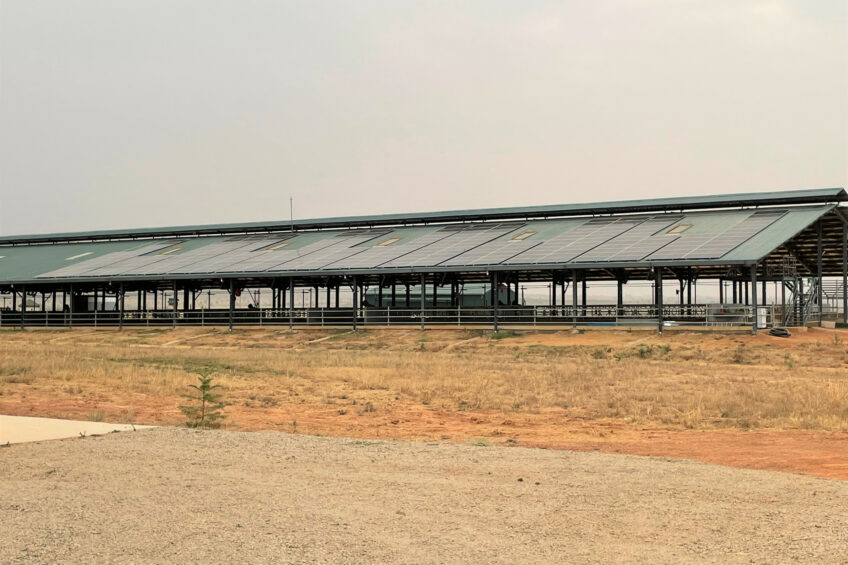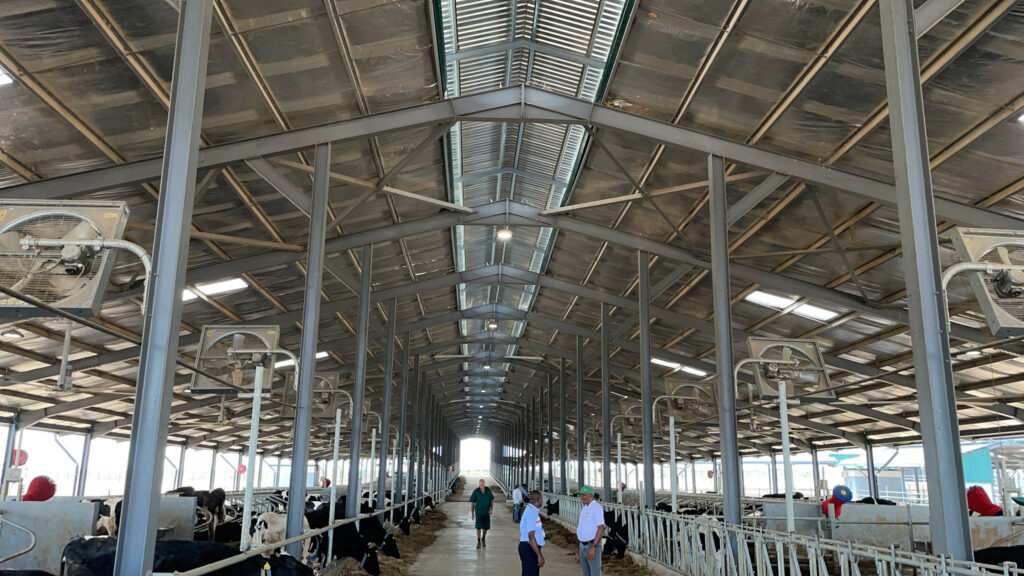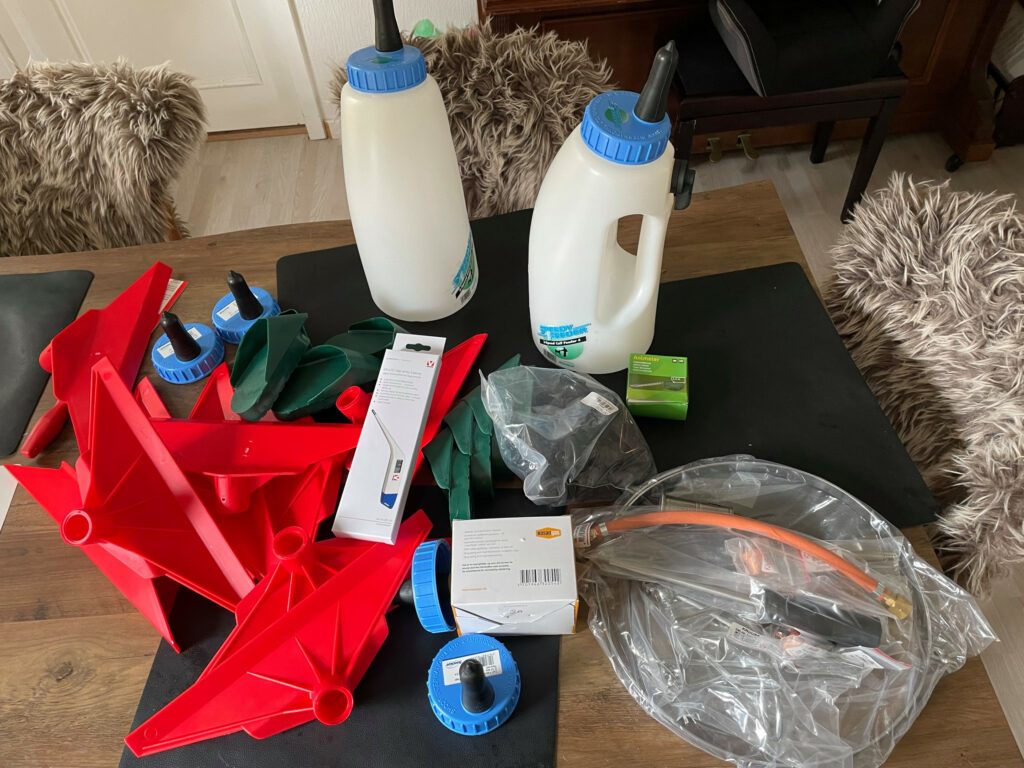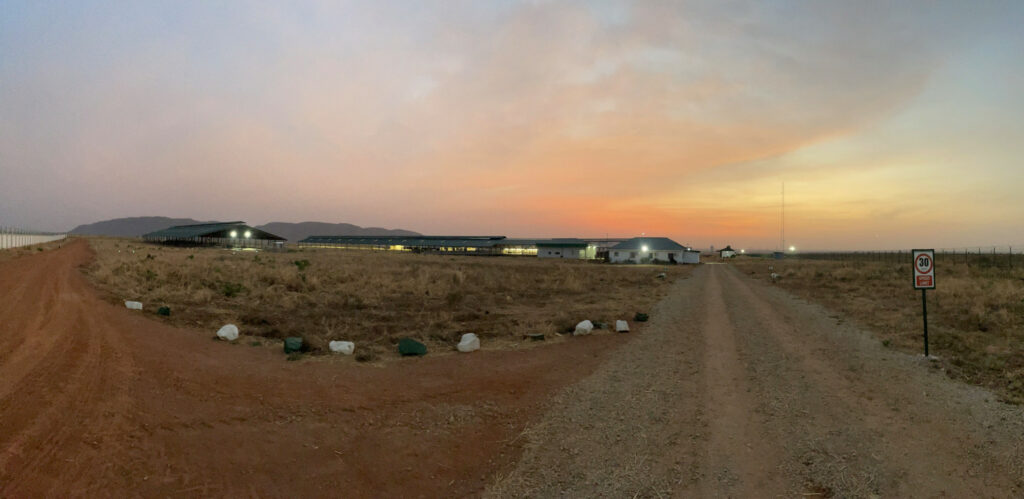Running a dairy farm off the grid is not easy

There are many challenges related to operating a big modern dairy farm in Nigeria and many other African countries. The farm where I am currently, designed for 500 cows, is completely isolated and off the grid in an area in Nigeria that has not been farmed before. I have often been asked why we decided to build there, quite far away from big cities. The reason is quite simple…
It should be noted that the area where our farm is in north-east Kaduna state is rich in water and has not been farmed before. So no one could ever say that we pushed out local farmers by our operation – we are doing farming in good harmony with the local farmers, not the opposite.
In the bush
But being there with the farm ‘in the bush’, as the locals call it, has its challenges and the first one is that there is no grid for electricity, so we have to make our own, and with many cooling fans for youngstock and cows plus irrigation units running on electric pumps, we need quite a bit of electricity.
We are lucky being so close to equator, that the sun is more or less a certainty on a daily basis all year round. This also means that solar panel electricity production was one of the first things we looked into when we designed the farm. But as we did not know how much energy we would use for the fans – they do not run all day long – we started with a diesel generator as the main source of energy. It was not the best environmentally friendly-solution, but until we could find out how big our solar panel energy plant should be, we had to do it this way.

Money back in less than 5 years
After running the farm for over half a year, we could see what our energy need was. We started calculating what we could do and found out that a solar panel power plant of 250kW would be good for us. After a tender round, we got a very good offer from a big international energy company and the payback time of the investment was less than 5 years, but the guarantee period is longer. So, we are quite happy with this solution, which is proving to be very good.
Lack of service
But electricity is not the only thing we need to deal with. One of our major challenges is, in addition to getting the right skilled employees, to get the right service set up for large-scale dairy farming. When you are one of the first modern dairy farms in a country, the number of ‘normal’ dairy farming service companies is, of course, quite limited. Simple things like milking filters, ‘normal’ mastitis medication, vitamins or minerals are hard to get or not available at all. Also, all major specific techniques for dairy farms like ensilage plastic or a common thing like a manure spreader is nowhere to be found locally.

So a huge part of our journey so far has been to figure out what is available and what is not, and then how to solve the issues that come with this. For technology that we only need to procure once every few years, manure spreader is a good example. We can import this ourselves, but for consumables, of course, it is better if we could get that service locally. Then the lack of knowledge and know-how for dairy farm-specific things is also limited.
Just imagine that if our milking system breaks down, we need to fly the service technical person in from Europe because no one here knows enough about milking system maintenance. We have therefore worked on this a lot, to get as much service established as possible. This also makes it easier for other dairy farms to be constructed, and with more farms we know the service will come.
Increase cost
This is, of course, a burden on the operation, but this is not a sprint, but a marathon. In the long run, I am certain that operations will build up in the country, where companies see the benefit of yielding certain services for dairy farms. But for now, all major things – those that keep the day-to-day operation working – we need to secure ourselves. This means that we have large stocks of spare parts for different items on the farm with the related extra costs, but when you are paving the way for other dairy farmers in a undeveloped dairy-producing country, this is simply a part of the journey.

More to come
Our work and success in producing milk with modern technology and an advanced dairy breed is already starting to impact the local industry in Nigeria and I am certain more will follow. Especially the positive experiences with imported high-yielding Holstein heifers. Previously, in Nigeria, and many other African countries, foreign breeds were imported. This has often been unsuccessful. I am sure the main reason has been incorrect management as you cannot use modern dairy breeds and then treat and manage them like you would do with local breeds that are basically developed for extreme and harsh environments. Imported thoroughbreds have to be managed in a totally different way than the local breeds and when that happens, African countries can greatly increase the milk production.






